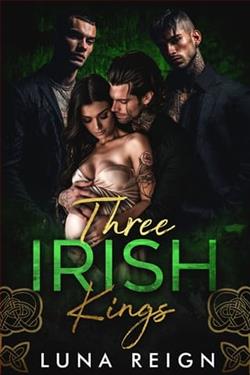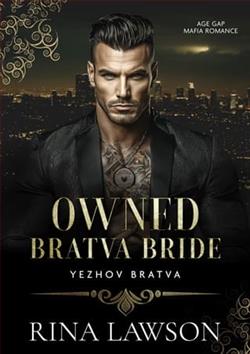Page 19 of DATE
The unleavened bread was the body of Christ, and the wine was his blood.
Eating these was meant to commemorate the suffering of Jesus and to feel the unity of spirit with him.
The taste was quite good, the wine far better than what Da Vinci kept at home.
After Mass, Da Vinci returned home, and Hedy, taking advantage of the Sunday, went to the workshop.
Recently, Da Vinci had been helping the theater crew improve their flags and flying stunts at home—he seemed to have a particular fondness for these flashy endeavors. He had even gone out of his way to create a set of lighting effects for them.
When working on these tasks, he never procrastinated, often coming up with several designs in a single day.
Hedy adjusted her shawl and followed the directions given by the townsfolk to find Botticelli’s workshop.
At first, she thought she had made a mistake and glanced around again to be sure.
It was no mistake—but it wasn’t at all what she had imagined.
Having spent a considerable amount of time with Da Vinci, she had grown accustomed to a rather modest lifestyle.
Meals were always without meat, and fish only came on rare occasions.
The wine sometimes turned sour, likely due to poor sealing.
The workshop, too, was simple and plain—though some of the painted works were colorful, they mostly consisted of earthy yellow and brown tones, sometimes with a hint of mummy brown mixed in.
But when she stood before Botticelli's workshop, all her previous notions were shattered.
The workshops on this street were two or three stories high, spacious and beautiful.
The ground floor was semi-open, with displays resembling a store, showcasing various pieces and the apprentices and craftsmen at work.
The workbenches and easels were spotless, and the canvases were filled with bright, vivid colors—blues and greens that were rich and pleasing to the eye.
The kiln and tools were all new, and many people worked like assembly line workers, either individually or in groups, creating sculptures and paintings. The paintings didn’t bear signatures, clearly the products of a collective workshop effort.
Florence was a city of art, where even young couples, upon marrying, would buy a painting of two figures to hang in their bedroom, following tradition.
If a painter had a patron, life was probably quite enjoyable.
"Hey—" Botticelli, holding an order, quickly descended the stairs from the second floor, smiling as he greeted her. "Since you’ve come here, even the grey wagtails can’t help but sing!"
Hedy smiled slightly and responded warmly, "You can call me Miss Kiesler."
"Are you really Da Vinci's maid?" Botticelli looked her over, admiring her near-perfect proportions, and couldn’t help but compliment, "He’s truly lucky."
He then led her through the workshop, showing her the sculptures and picture frames, telling several interesting stories along the way.
It was clear this was the normal operation of an art studio.
There were apprentices, helpers, and, more importantly, a vibrant array of colors.
On Botticelli’s easel was a half-finished portrait of a noblewoman. Even though the details hadn’t been added yet, the soft, clear face, the pale gold jewelry, and the deep blue bay were already quite vivid.
His brushwork was delicate and light, able to render the skin tones in an extraordinarily lifelike manner.
Hedy studied the painting for a while before looking at him and asking, "Is your workshop the largest in the city?"
"Not by a long shot," Botticelli waved his hand with a smile. "Da Vinci’s teacher, Verrocchio, has a larger workshop. He even employs more helpers, and he doesn’t even have to paint himself."















